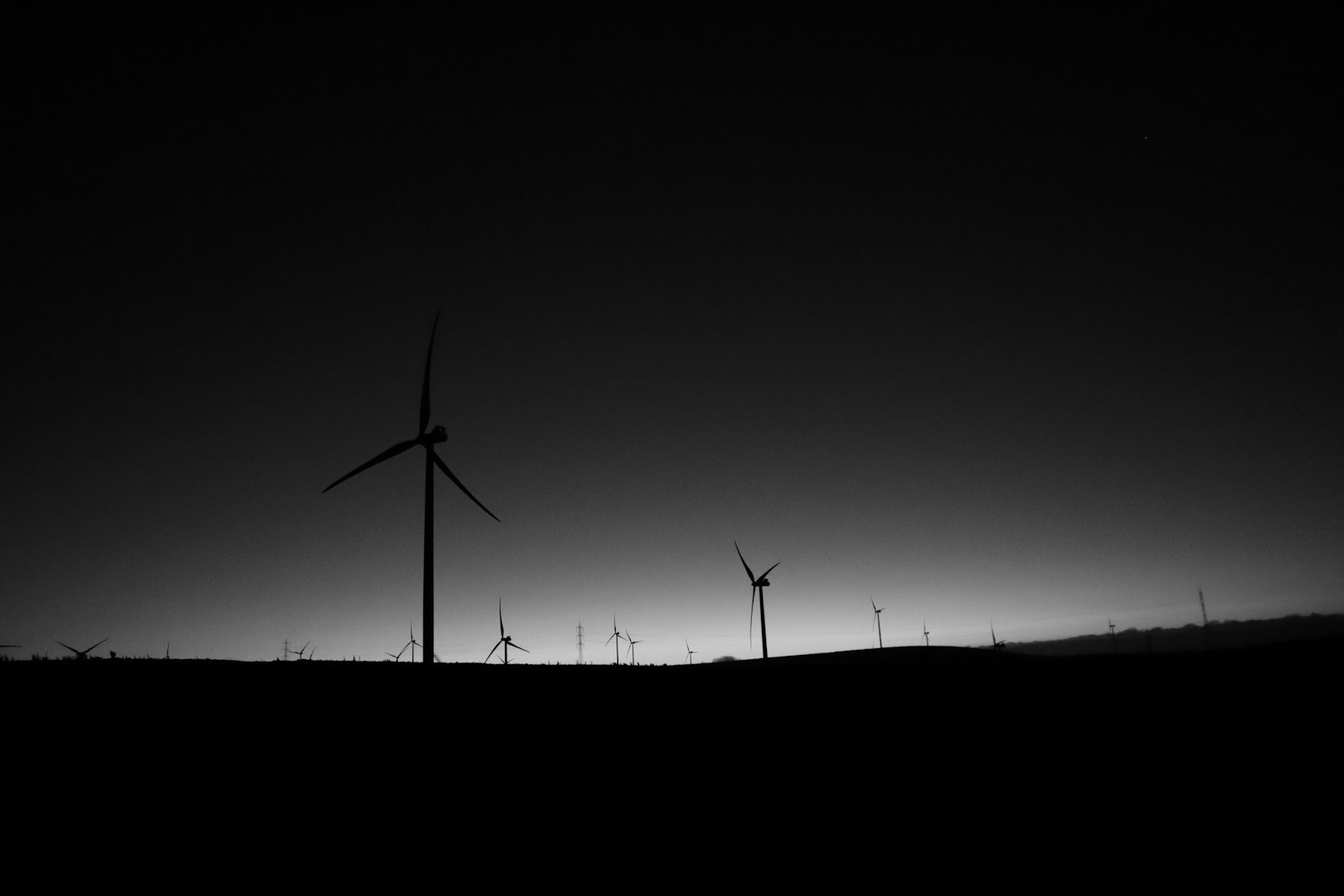Scotland dominated onshore wind generation, while the North of England was out in front for onshore capacity.
The analysis by Uswitch used government data on the total renewable energy generation per local authority.
Moray was out in front overall, with 47.4megawatts [MW] of capacity for every 1,000 homes. Other Scottish councils were frontrunners, too, including Highland, Dumfries & Galloway and South Ayrshire ranking in the top five for wind capacity per household.
North East Lincolnshire led for offshore wind generation, at 2,800 MW per home. The area had also seen the largest increase in overall renewable energy production, up 1,017% compared with 2018. South Cambridgeshire had the highest level of solar voltaic capacity at 4.4MP per 1,000 households, followed by Pembrokeshire and Torridge (both 4 MW).
See all the league tables below.
| Rank | Local authority | Capacity in megawatts per 1,000 households |
| 1 | Moray | 47.4 |
| 2 | North East Lincolnshire | 41.4 |
| 3 | Boston | 32.0 |
| 4 | East Lothian | 27.3 |
| 5 | Highland | 26.3 |
| 6 | Lancaster | 23.1 |
| 7 | Dumfries and Galloway | 18.9 |
| 8 | North Norfolk | 18.8 |
| 9 | Argyll and Bute | 17.3 |
| 10 | East Suffolk | 15.8 |
Table 2: Top ten local authorities with the largest growth in renewable energy capacity over 5 years (2018–2023)
| Rank | Local authority | Change in capacity over 5 years |
| 1 | North East Lincolnshire | 1017% |
| 2 | Boston | 985% |
| 3 | East Lothian | 734% |
| 4 | Inverclyde | 608% |
| 5 | Rugby | 444% |
| 6 | Aberdeen City | 437% |
| 7 | Sutton | 273% |
| 8 | Hammersmith and Fulham | 263% |
| 9 | Spelthorne | 262% |
| 10 | Barnet | 215% |
Table 3: Five-year change in renewable energy types (2018–2023)
| Renewable energy type | 5 year change (2023-2018) |
| Offshore Wind | 80.20% |
| Municipal Solid Waste | 37.10% |
| Photovoltaics | 24.30% |
| Anaerobic Digestion | 19.70% |
| Onshore Wind | 15.00% |
| Sewage Gas | 8.60% |
| Plant Biomass | 2.70% |
| Hydro | 0.70% |
| Animal Biomass | 0.00% |
| Landfill Gas | -0.30% |
| Wave/Tidal | -52.00% |
Image: Sebastián Ramírez / Unsplash
More on Energy and Net Zero:
UK oil and gas sites among world’s most polluting energy facilities
Alarms sound over Aberdeenshire gas power station and ‘carbon capture overestimates’


















